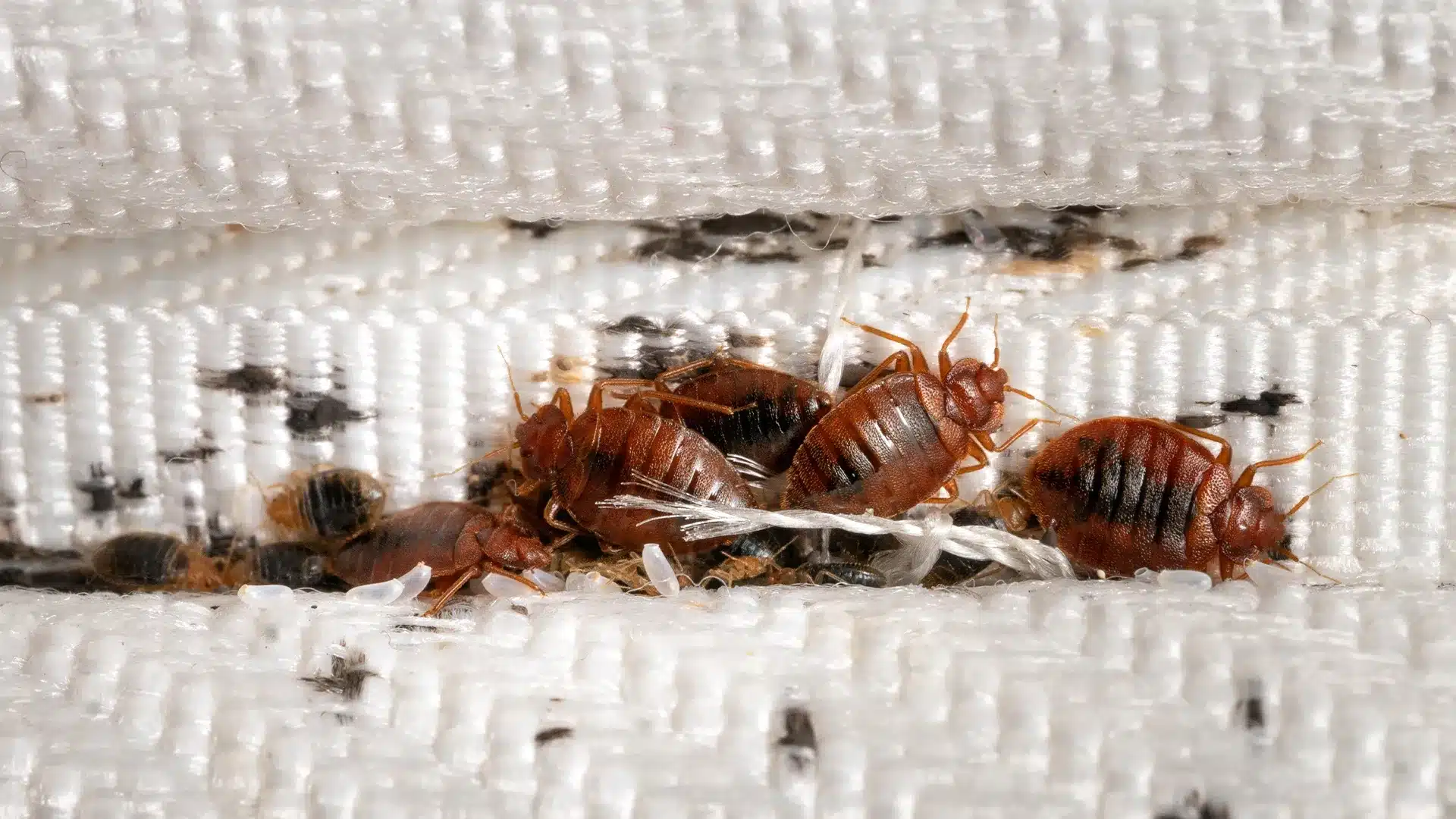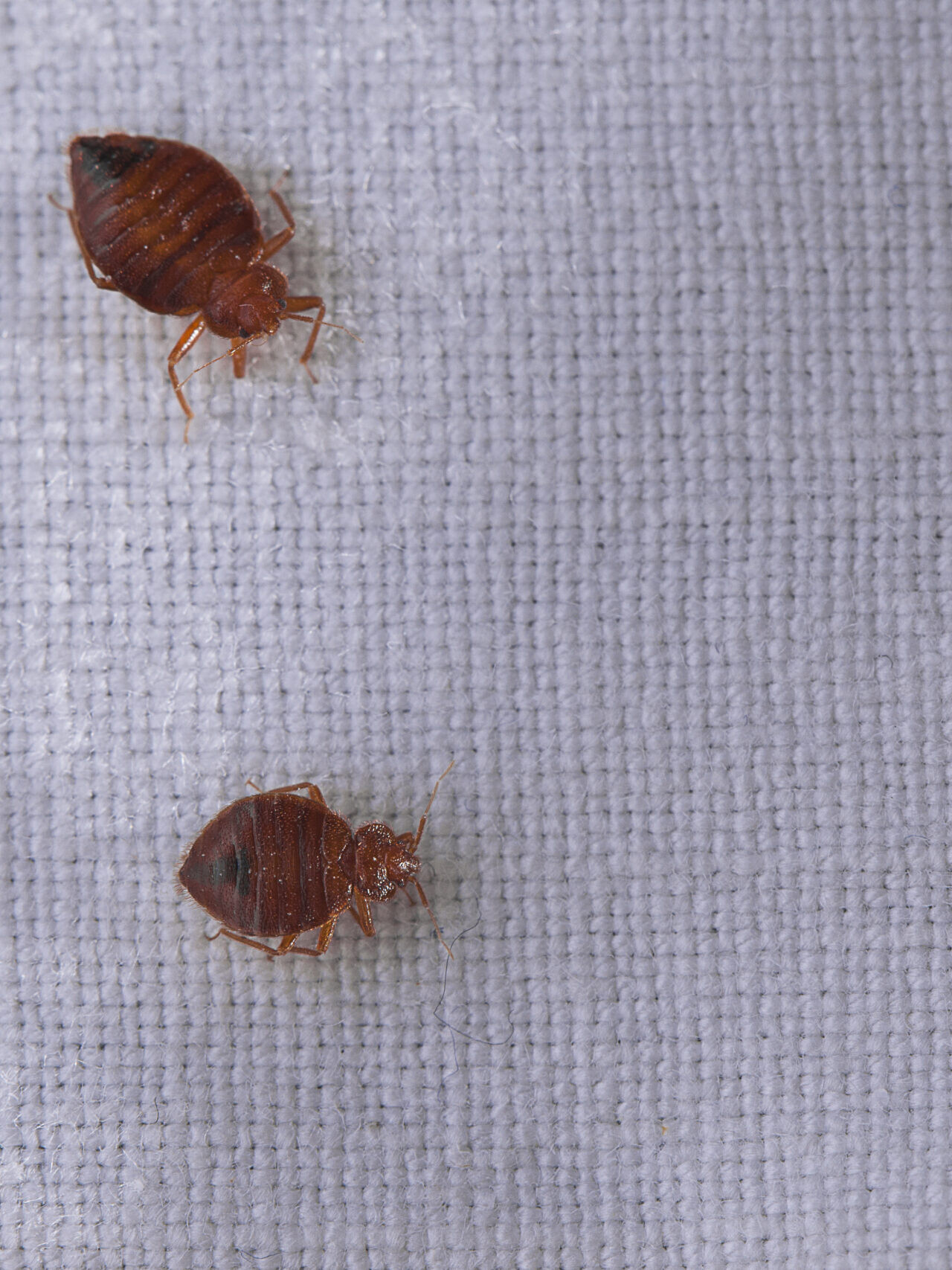Find the Best Exterminator Near Me: Fast and Efficient Pest Control Services
Wiki Article
Obtain Informed Regarding the Kinds Of Insect Control Approaches and Their Benefits for House Owners
Comprehending the different insect control methods readily available to home owners is essential for reliable parasite administration. House owners who are well-informed can make tactical choices that not only address pest concerns however also enhance the total high quality of their living setting.Chemical Insect Control Approaches
Chemical bug control approaches are a crucial component of integrated insect monitoring strategies for homeowners looking for efficient solutions to pest problems. These techniques entail the application of chemical compounds designed to eliminate or hinder bugs that threaten personal effects, health and wellness, and comfort. Typical chemicals used consist of insecticides, fungicides, rodenticides, and herbicides, each tailored to target certain pests.The main benefit of chemical bug control is its rapid efficiency; many formulas give immediate outcomes, reducing pest populaces considerably quickly. In addition, developments in chemical solutions have actually resulted in products that are extra environmentally friendly and have lower poisoning degrees for non-target microorganisms when applied properly.

Organic Pest Control Methods
Natural bug control approaches have actually gained prominence as property owners seek much safer and more sustainable alternatives to standard chemical techniques. Organic insect control methods make use of all-natural killers, parasites, or microorganisms to handle insect populations successfully. This technique is not only eco-friendly but also reduces the risk of injury to non-target types, including helpful bugs and wildlife.One of one of the most usual organic control techniques involves introducing all-natural killers into the environment. Ladybugs can be made use of to regulate aphid populations, while nematodes target soil-dwelling pests like grubs. In addition, parasitoids-- microorganisms that survive on or within a host-- can be employed to regulate certain parasite varieties by laying eggs inside them, eventually resulting in their death.
One more method is the usage of biopesticides, which are originated from natural products such as plants, microorganisms, or minerals (bed bug exterminator). These products can properly target insects while posing marginal danger to pets and human beings. Overall, organic pest control methods give house owners with an efficient ways of parasite management that lines up with ecological principles, advertising a healthier living atmosphere while reducing reliance on artificial chemicals
Mechanical Pest Control Techniques
Mechanical parasite control strategies include a selection of methods that physically stop or remove pests without the use of chemicals. These strategies are specifically helpful for property owners looking for eco friendly options while making sure the safety and security of their space.One common method is the use of barriers, such as screens, traps, and internet, which prevent pests from entering homes or particular areas. Mounting home window screens can successfully keep pests out, while making use of physical obstacles around yards can discourage larger pests like deer or bunnies. Furthermore, mechanical traps created for rodents can capture squirrel control and get rid of these parasites without the demand for hazardous compounds.
Another reliable approach involves the usage of vacuum cleaners and brooms to remove pests straight from surfaces. Regular cleaning and maintenance can considerably decrease pest populaces by getting rid of food resources and hiding spots. home Employing tools like ultrasonic pest repellents can hinder various parasites through audio waves that are unpleasant to them yet inaudible to human beings.
Cultural Bug Control Practices
Social insect control techniques focus on changing the environment and monitoring techniques to produce problems that are much less for pest invasions. These techniques are fundamental in keeping a well balanced ecosystem and lowering the reliance on chemical interventions. By modifying farming practices, house owners can effectively prevent parasites while promoting plant health and wellness.One typical strategy consists of crop rotation, which interrupts the life process of pests by altering the sorts of plants expanded in a details location (bed bug exterminator). This not just decreases pest populaces but additionally enhances dirt health and wellness. In addition, intercropping-- growing varied plants in closeness-- can perplex parasites and decrease their capability to situate their recommended host plants
Water monitoring is an additional crucial aspect of cultural practices. Proper irrigation methods can avoid standing water, which acts as a breeding ground for mosquitoes and other pests. Furthermore, maintaining sanitation around the home, such as on a regular basis getting rid of particles and food waste, can dramatically lower parasite destination.
Incorporating these cultural techniques into an extensive pest administration method allows home owners to produce an environment that naturally hinders bugs, thus enhancing the effectiveness of various other control techniques while advertising lasting gardening and landscape design.

Integrated Bug Administration Approaches
Integrated Insect Administration (IPM) represents an all natural method that combines various methods to efficiently handle pest populations while decreasing environmental influence. This technique incorporates organic, social, physical, and chemical methods to achieve lasting parasite control. By evaluating pest populations and their natural enemies, IPM emphasizes surveillance and recognizing insects before executing control steps.Among the core principles of IPM is important source the use of limits, which establish the degree of insect task that calls for intervention. This makes sure that therapies are used only when essential, decreasing the dependence on chemical pesticides. Biological control approaches, such as introducing all-natural predators or bloodsuckers, work in combination with cultural methods like plant rotation and environment manipulation to interfere with pest life cycles.
In addition, IPM encourages the usage of least-toxic chemical alternatives when intervention is needed, prioritizing products that pose very little threat to non-target organisms and the atmosphere. For property owners, adopting IPM approaches not only boosts the efficacy of insect monitoring but likewise advertises a much healthier living environment, cultivating biodiversity and decreasing chemical exposure. Inevitably, IPM encourages homeowners to make educated choices that stabilize insect control with environmental duty.
Conclusion
In conclusion, comprehending the various insect control approaches empowers house owners to make enlightened decisions relating to pest administration. Each approach-- chemical, biological, mechanical, social, and incorporated pest administration-- supplies distinct benefits that provide to various needs and preferences.Recognizing the numerous insect control techniques readily available to homeowners is crucial for reliable pest management.Chemical insect control techniques are an essential component of integrated insect administration methods for home owners looking for reliable remedies to pest problems. Overall, biological pest control techniques supply house owners with a reliable ways of bug administration that lines up with environmental principles, promoting a much healthier living setting while lowering dependence on synthetic chemicals.
Cultural insect control practices focus on modifying the setting and monitoring methods to produce problems that are less conducive to pest invasions.In conclusion, understanding the numerous bug control techniques empowers homeowners to make enlightened decisions concerning pest management.
Report this wiki page